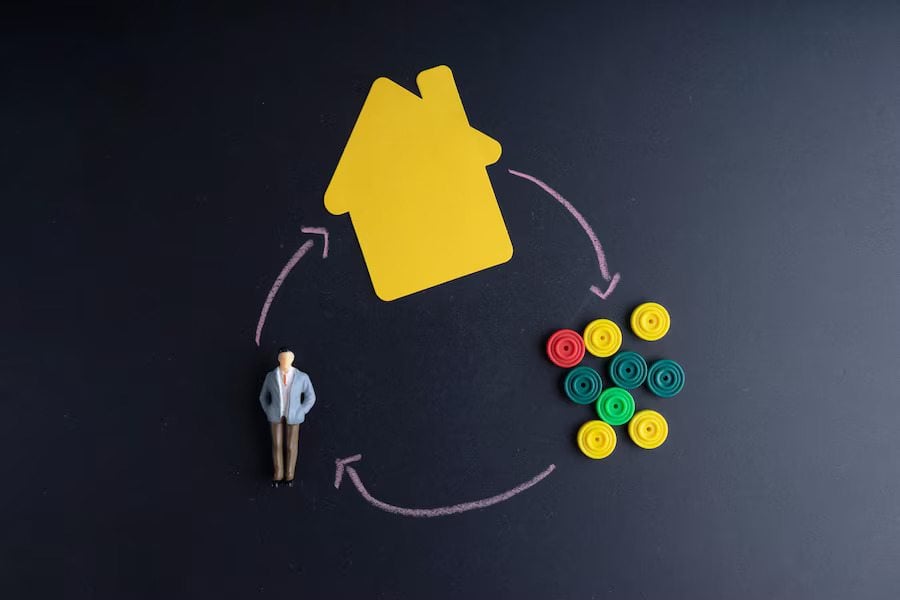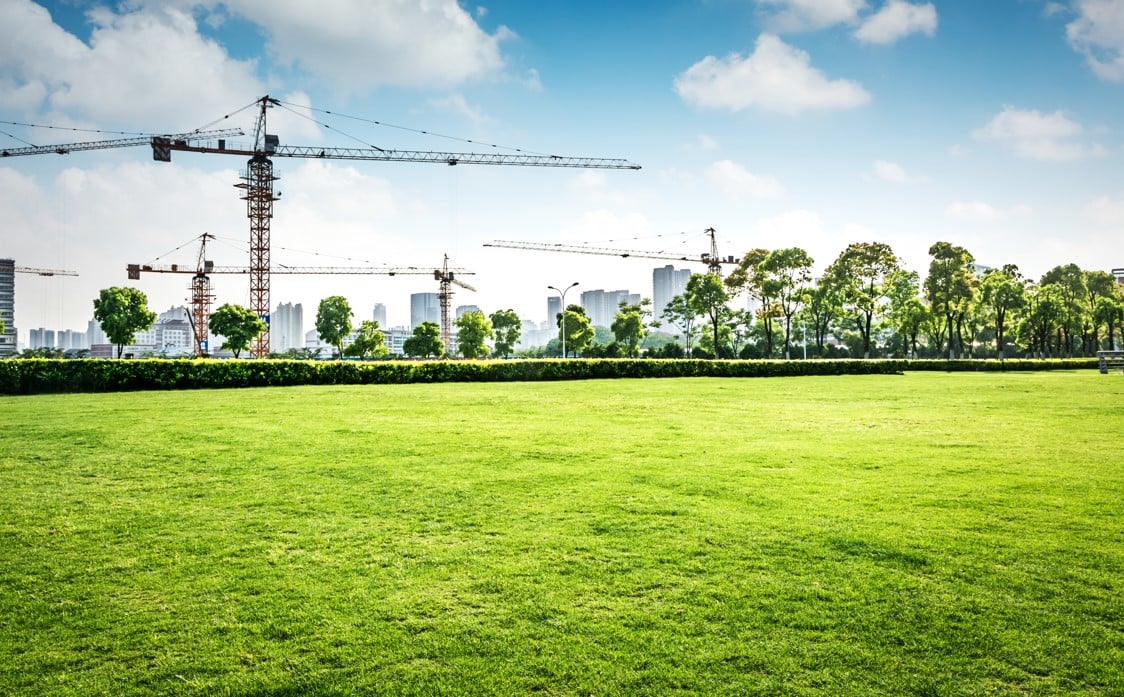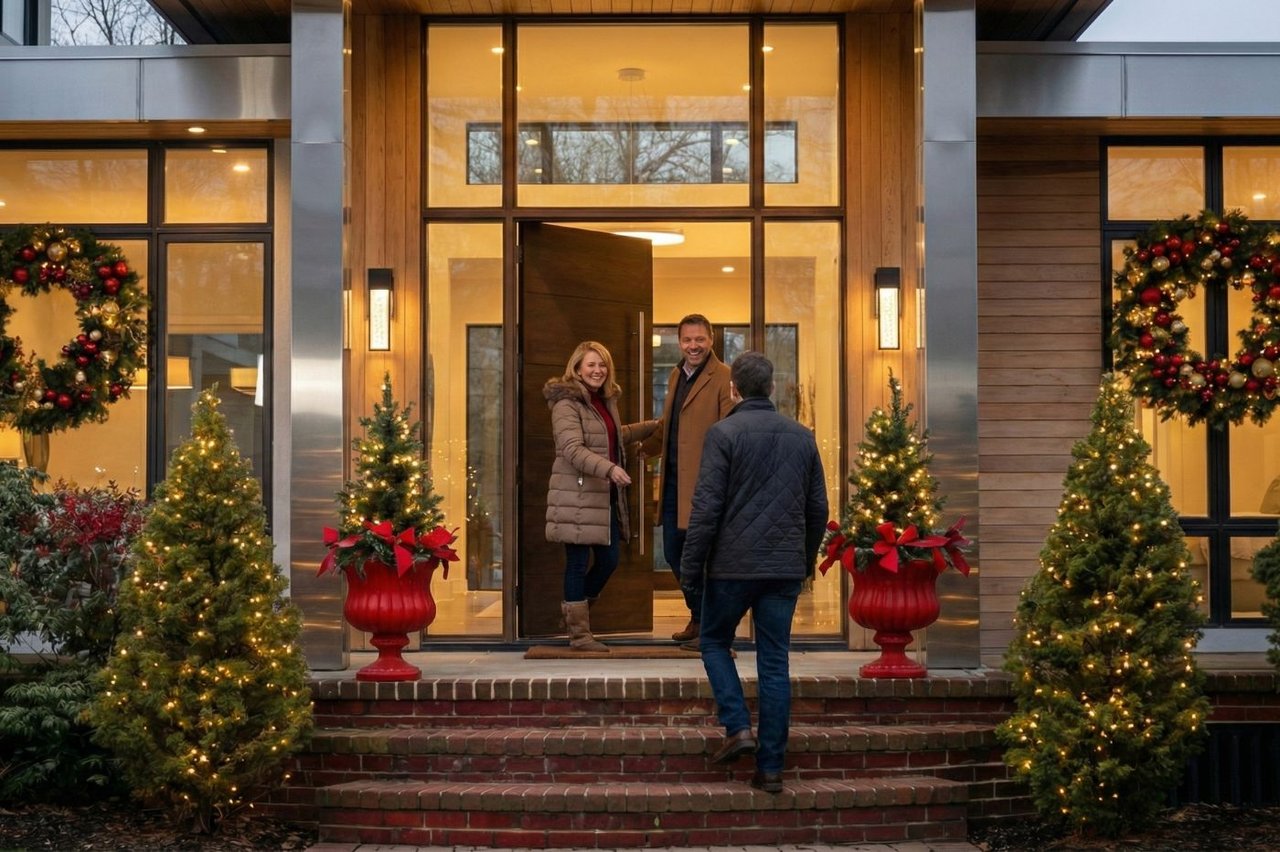Regarding real estate, timing often differs between a profitable investment and a missed opportunity. The real estate market is dynamic, moving in cycles that can significantly impact the success of your investment strategy. Whether you're an experienced investor or a newcomer, understanding when to buy and when to sell is crucial to optimizing returns.
This approach has become a cornerstone for many savvy real estate investors in Puerto Rico. As the island continues to experience both local and foreign interest, many are pouring their time into studying the intricate phases of the real estate market cycle. In this blog, we'll dive into the essential components of the real estate market cycle and how you can leverage this knowledge to make smarter investment decisions with guidance from a knowledgeable real estate agent.
Key Takeaways
- Understanding the real estate market cycle is essential for maximizing investment returns.
- Buying during the trough phase can offer significant long-term value.
- Selling at the peak ensures you capitalize on market appreciation and avoid the need for refinancing.
- Market timing strategies apply differently to various investment vehicles, including buying and selling real estate, direct property ownership, and REITs.
Importance of Understanding the Real Estate Market Cycles
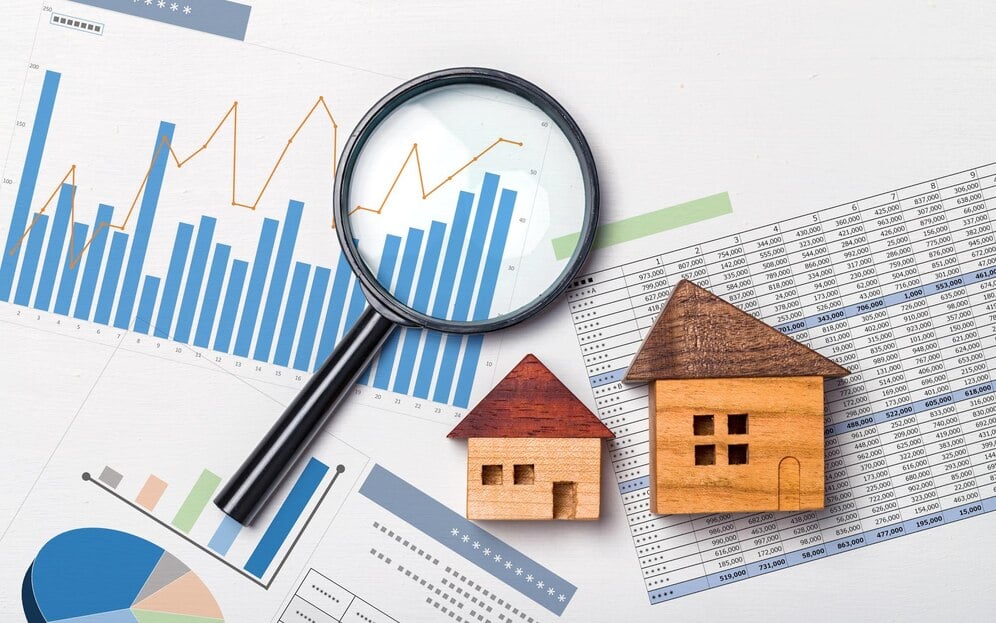
Understanding real estate market cycles is essential for making informed investment decisions. These cycles dictate the rise and fall of property values, rental income, and overall market conditions, helping investors strategize effectively. Recognizing which phase the market is in allows for better timing in acquisitions, sales, and capital improvements, ultimately maximizing returns.
Why Understanding Real Estate Market Cycles Matters
Understanding market cycles allows investors to make informed decisions on when to buy, hold, or sell properties for maximum return and reduced risk
Strategic Investment Planning
- Helps investors determine when to buy, hold, or sell properties.
- Reduces risks associated with market downturns.
Risk Management
- Identifies potential downturns, preventing overpaying for properties.
- Encourages portfolio diversification to withstand economic shifts.
Optimizing Returns
- Buying in the trough phase ensures acquiring undervalued assets.
- Selling at the peak locks in profits before market contractions.
Investment Actions Based on Market Phases
| Market Phase |
Investor Action |
| Recovery |
Identify undervalued properties and prepare for long-term growth. |
| Expansion |
Focus on development, rental income, and value appreciation. |
| Hyper Supply |
Evaluate holdings, consider selling, or secure long-term leases. |
| Recession |
Seek distressed properties and reposition assets for future gains. |
By mastering real estate market cycles, investors can make data-driven decisions, mitigate financial risks, and capitalize on market opportunities.
How Real Estate Cycles Differ from Economic Cycles
While closely related, the real estate cycle and the economic cycle don’t always align. Understanding the difference is vital for investors aiming to make timely, strategic decisions.
-
Real estate is a lagging indicator, meaning it reacts more slowly than the general economy. For instance, while stock markets may respond to economic data in real-time, property values and rental demand shift months later.
-
The real estate market can stay in expansion even during a mild recession. High-demand micro-locations such as Dorado or San Juan often continue appreciating due to limited supply and unique lifestyle appeal.
-
Investors should focus on local market health—vacancy rates, development pipelines, and job growth—rather than relying solely on national economic trends.
Here’s how they compare:
| Cycle |
Response Speed |
Driven By |
Typical Lag |
| Economic Cycle |
Fast |
Consumer spending, interest rates |
Immediate to short |
| Real Estate Cycle |
Slow |
Local demand, supply, and regulation |
6–12 months behind |
During which phase of the real estate cycle is local government most directly involved? Local governments often play a major role during expansion and hyper-supply phases, through zoning approvals, infrastructure development, and tax incentives. Their policies can either stimulate or slow new construction, shaping the market’s direction for years.
Factors Influencing Real Estate Market Cycles

Several key factors influence real estate market cycles, shaping property values, investment opportunities, and market trends. Understanding these elements helps investors anticipate shifts and make data-driven decisions.
Key Factors Impacting Real Estate Market Cycles
Real estate market cycles are shaped by economic indicators, interest rates, demographics, and government policies that influence property demand and value.
Economic Indicators
-
GDP Growth: A strong economy boosts consumer confidence and demand for real estate.
-
Employment Rates: Higher job availability leads to increased homeownership and rental demand.
-
Income Levels: Rising wages improve purchasing power, fueling market expansion.
Interest Rates
-
Higher Rates: Increase borrowing costs, slowing down property sales and development.
-
Lower Rates: Encourage real estate investment by making financing more affordable.
Demographic Trends
-
Population Growth: Drives housing demand in expanding urban centers.
-
Migration Patterns: Influx to high-growth regions boosts property values.
-
Household Formation: More single-family homes and rentals are needed as new households emerge.
The Role of Demographic Shifts in Real Estate Cycles
Changes in demographics significantly influence real estate market cycles. Key shifts, such as an aging population or migration patterns from rural to urban areas, can have long-term effects on housing demand and supply. These demographic changes are critical causes of real estate cycles and can contribute to both the growth and contraction phases of the market.
Key Demographic Factors Affecting Real Estate Cycles:
-
Aging Population: As the population ages, there is often an increased demand for smaller homes, retirement communities, and assisted living facilities. This shift can drive up property values in certain segments, particularly in retirement-friendly areas.
-
Urban Migration: The trend of individuals and families moving to urban centers for job opportunities and amenities boosts housing demand in cities. High-demand urban areas may see price increases, pushing the market toward expansion.
-
Millennial and Gen Z Demand: Younger generations may prefer rental properties or larger homes, influencing demand in both suburban and urban settings. These shifts can lead to market growth as new construction focuses on catering to their needs.
These demographic shifts are integral to understanding the causes of real estate cycles, contributing to changes in housing preferences, geographic demand, and market conditions.
Government Policies
Factor Influence on Market Cycles
| Factor |
Effect on Real Estate Market Cycles |
| GDP Growth |
Expands real estate demand during strong economic periods. |
| Interest Rates |
Low rates boost investment; high rates slow market activity. |
| Demographics |
Younger populations drive demand for housing and rentals. |
| Government Policies |
Tax benefits can spur investment, while strict zoning laws may limit supply. |
By analyzing these factors, investors can align their strategies with real estate market cycles and better navigate market fluctuations.
Analyzing Market Potential for a Specific Property
In analyzing the market potential for a specific property, one must consider a combination of location-driven appeal, competitive positioning, architectural features, and lifestyle alignment. This micro-level evaluation complements broader market cycle analysis by zeroing in on what makes a property truly valuable in the eyes of discerning buyers and investors.
Key Factors to Consider When Evaluating a Property’s Market Potential
1. Location & Micro-Market Appeal
The property's immediate surroundings heavily influence its desirability. Consider its proximity to beaches, marinas, international schools, luxury retail, dining, and cultural hubs. In Puerto Rico, locations such as Condado, Dorado, and Palmas del Mar carry premium appeal due to their lifestyle offerings and limited supply.
2. Comparative Market Positioning
Evaluate how the property stacks up against comparable homes in the area in terms of size, amenities, architectural style, and condition. Analyze average price per square foot, days on market, and local inventory trends to assess its competitive edge.
3. Design, Architecture & Condition
Luxury buyers are drawn to thoughtful design, high-end finishes, and turnkey condition. A home’s architectural integrity—whether modern minimalist or Spanish Colonial—should resonate with the tastes of your target demographic. Renovated homes or those with unique features like infinity pools, smart home systems, or expansive outdoor living areas often command premium pricing.
4. Zoning & Development Potential
Understanding what can legally and feasibly be done with the property adds another layer of value. Can the property be expanded, redeveloped, or subdivided? Properties with flexible zoning or located in areas slated for growth offer long-term upside.
5. Lifestyle Alignment & Emotional Resonance
For high-net-worth buyers, real estate is often as much about lifestyle as it is about return. Does the property evoke a sense of tranquility, adventure, prestige, or exclusivity? Waterfront views, golf access, gated privacy, or wellness amenities can tip the scales for discerning investors.
6. Local Economic & Regulatory Climate
Finally, factor in property tax structures, government incentives (like Acts 60/20/22), and infrastructure development. These shape both short-term transaction ease and long-term investment returns, especially in destinations like Puerto Rico where policy plays a pivotal role.
What Happens When Vacancies Decline in the Real Estate Market
When vacancies are declining in a real estate market, it is common for the market to experience increased rental demand, higher property values, and improving market conditions. This often signals the start of a market recovery, as the demand for housing outpaces supply, creating favorable conditions for investors and property owners. The declining vacancy rates are typically a sign of confidence in the economy, with higher demand for both rental properties and homeownership.
Factors Driving the Decline in Vacancies
Several factors contribute to the reduction in vacancies in the real estate market:
-
Stronger Economy: Economic growth increases disposable income, spurring demand for both rental properties and homes for purchase.
-
Decreasing Unemployment Rates: More people entering the workforce means more renters, which drives down vacancies.
-
Urban Migration: People moving to urban centers for better job opportunities increase the demand for housing in these areas.
-
Improved Property Values: As the economy stabilizes, property values tend to rise, encouraging both investors and renters to enter the market.
Here's a content matrix summarizing the key factors that contribute to the decline in vacancies in the real estate market:
| Factor |
Impact on Vacancy Rates |
Market Response |
Indicators to Watch |
| Stronger Economy |
Increased disposable income leads to higher demand for both rental properties and homeownership. |
Rising rental demand and property values. |
Economic growth, GDP, consumer spending, retail sales. |
| Decreasing Unemployment Rates |
More people entering the workforce increases the pool of renters. |
Reduced vacancies, more demand for rental properties. |
Employment rates, job growth, labor market trends. |
| Urban Migration |
Influx of people moving to urban centers increases housing demand. |
Higher demand for rental units and homes in urban areas. |
Migration trends, urban population growth, real estate development. |
| Improved Property Values |
Stabilized or rising property values attract investors and homebuyers. |
Increased competition for properties, rising property prices. |
Real estate price trends, property value growth. |
The Real Estate Market Cycle: Phases and Their Impact
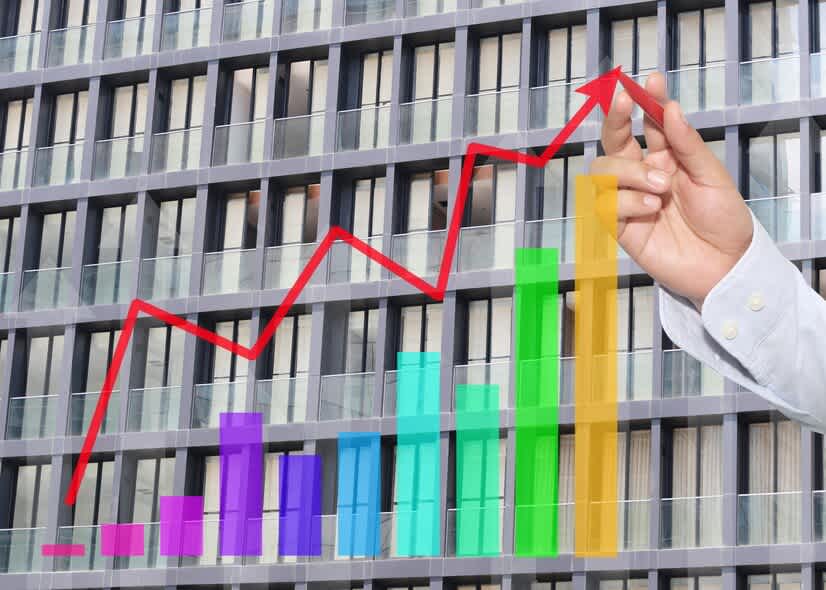
Like many other investment markets, the real estate market moves in cycles. These cycles are predictable and can help investors determine the best moments to buy or sell. The four main phases are:
Expansion
This phase, characterized by rising demand, features increasing property values, strong rental growth, and robust construction. Investors benefit from capitalizing on appreciating assets, knowing demand supports price increases. New developments cater to growing market needs, and rental properties experience high occupancy.
Though competition can intensify, strategic acquisitions can yield favorable returns. However, it is important to monitor insurance policies to protect your growing investments.
Indicators:
- Growing employment rates
- increasing demand for housing
- rising rents
- higher occupancy rates
Peak (Hyper Supply)
During this phase, demand wanes as new developments flood the market, leading to oversupply. Prices may still rise, but at a slower pace, and vacancy rates begin to climb. Although this may seem like the best time to sell, some investors hesitate, waiting for more precise signals.
Overbuilding becomes evident, signaling a forthcoming downturn. Investors must evaluate their portfolios carefully to avoid holding overvalued properties, as they may need to refinance or accrue additional debt if values drop suddenly.
Indicators:
- Slowed price appreciation
- Increased construction activity
- Properties are taking longer to sell
Contraction (Recession)
The market cools off as demand declines and supply outpaces it. Property values stagnate or decrease, and vacancies rise, reducing rental income. Investors who bought during the peak may feel the financial strain. Those with a flexible approach may find opportunities to purchase distressed properties at discounted prices.
This phase requires a defensive strategy to weather declining returns.
Indicators:
- Rising vacancy rates
- A noticeable decline in sales
- Stagnating rental prices
Trough (Recovery)
At this stage, property prices are at their lowest, making it an ideal time for investors to buy. Market confidence begins to rebuild as demand slowly recovers. Opportunities for purchasing undervalued assets abound, often leading to high returns during the next expansion phase. Construction slows, and speculative activity decreases, allowing well-capitalized investors to acquire bargains.
Patience is vital, as assets bought now will likely appreciate when the market rebounds.
Indicators:
- Widespread price reductions
- A significant drop in new construction projects
- Growing investor interest in discounted properties
Maximizing Profits Through Market Cycles

Timing your actions during each market cycle phase can significantly impact your profitability. Most investors aim to buy and sell real estate at optimal points, but the nuances of the real estate cycle add layers to this strategy.
- During expansion, it's an excellent time to purchase property as demand grows and prices are likely to continue rising. Focusing on emerging neighborhoods can lead to substantial long-term gains. It's also an ideal time to review your insurance policies and factor in future refinancing strategies if needed. When vacancies are declining in a real estate market, it is common for the market to experience higher property values, increasing demand, and strong rental income opportunities.
- During the peak: Selling properties appreciated during the expansion phase is a key strategy. However, holding too long during this phase can lead to lost profits as the market moves toward contraction.
- During contraction: This is a risky time to buy, but opportunities arise for long-term investors who can wait for the next expansion. Investors often focus on renovations or repositioning assets during this time.
- During the trough: Acquiring properties at discounted rates during the bottom of the cycle can yield significant returns as the market begins to expand once again.
Timing Investment Vehicles

When it comes to real estate investment, understanding the nuances of timing is essential, whether you're engaging actively or passively. Each investment vehicle operates differently and is uniquely influenced by market cycles. Here's how timing indicators apply to seven of the most common real estate investment vehicles:
|
Type of Investment Vehicle
|
Description
|
Timing Strategy for Buying and Selling
|
|
Direct Property Ownership
|
Direct purchase and management of physical real estate.
|
Monitor local market cycles; buy during the trough or expansion, and sell at the peak.
|
|
Real Estate Investment Trusts (REITs)
|
Companies that own, operate, or finance income-producing real estate.
|
Track market cycles and interest rates; REITs are more stable in downturns.
|
|
Real Estate Mutual Funds
|
Pooled funds that invest in a diversified portfolio of real estate-related assets.
|
Timing is influenced by fund manager strategy and broader economic cycles.
|
|
Real Estate ETFs (Exchange-Traded Funds)
|
ETFs that contain REITs or real estate stocks and are traded on stock exchanges.
|
Align purchases with economic cycles for short-term trades or long-term growth. Works best in the Expansion phase.
|
|
Real Estate Crowdfunding
|
Crowdfunding platforms that allow multiple investors to fund real estate projects.
|
Buy-in during early development phases; sell after project completion or market recovery.
|
|
Private Equity Real Estate Funds
|
Funds that pool capital for private real estate investments, often long-term.
|
Invest during early cycle phases and wait for long-term market recoveries.
|
|
Real Estate Syndications
|
A group of investors who pool resources to purchase large real estate projects.
|
Join syndications early in market downturns; sell when value-added strategies are complete.
|
Successful Timing in Real Estate Investments

Jason Pabon - Buy-and-Hold Strategy in Cleveland
Jason Pabon focused on identifying markets with strong job growth and population expansion. He targeted a single-family rental property in suburban Cleveland with a high cap rate of over 8.5%. By holding the property for 5 years, Jason saw a return of nearly $9,200, driven by appreciation and consistent cash flow. His success stemmed from identifying the right market at the right time and following a long-term buy-and-hold approach.
Tom Fallows & Jonathan Kibera - 1031 Exchange to Single-Family Rentals
Tom and Jonathan, commercial real estate investors, took a bold step by selling their office building and using a 1031 exchange to purchase 169 single-family rental homes across multiple states. This strategic move doubled their portfolio's ROI from 4% to 8%, showcasing the power of transitioning from commercial to residential real estate. Their success relied on favorable market conditions and diversifying their investments across asset classes and geographies.
In the Puerto Rican Real Estate Market
The buy-and-sell and buy-and-hold strategies are actively succeeding in Puerto Rico's real estate market. Recent data indicates that the market continues to attract diverse investors, particularly from the mainland of the U.S., drawn by tax incentives and favorable economic conditions. Investors capitalize on opportunities in high-demand areas such as San Juan, Dorado, and Aguadilla.
Puerto Rico's real estate market has shown resilience despite global challenges, with steady property values and transaction growth. This performance is particularly notable in luxury segments, where investors using buy-and-hold strategies have seen consistent appreciation and rental demand. The market's mix of urban, coastal, and high-end properties, combined with tax incentives like Acts 20 and 22, has made it an attractive destination for long-term investment strategies, including buy-and-hold.
Best Luxury Houses for Sale in Puerto Rico
Timing is everything when it comes to making a smart real estate investment and selecting the best properties in Puerto Rico plays a key role in achieving your long-term investment goals. Whether you're looking to capitalize on market cycles or secure a high-value asset, having access to exclusive listings from Christie's International Real Estate Puerto Rico ensures you're investing in properties that match your vision and have the potential for significant appreciation.
Here are some of the top curated luxury houses for sale, offering a combination of luxury, prime location, and strong investment potential.
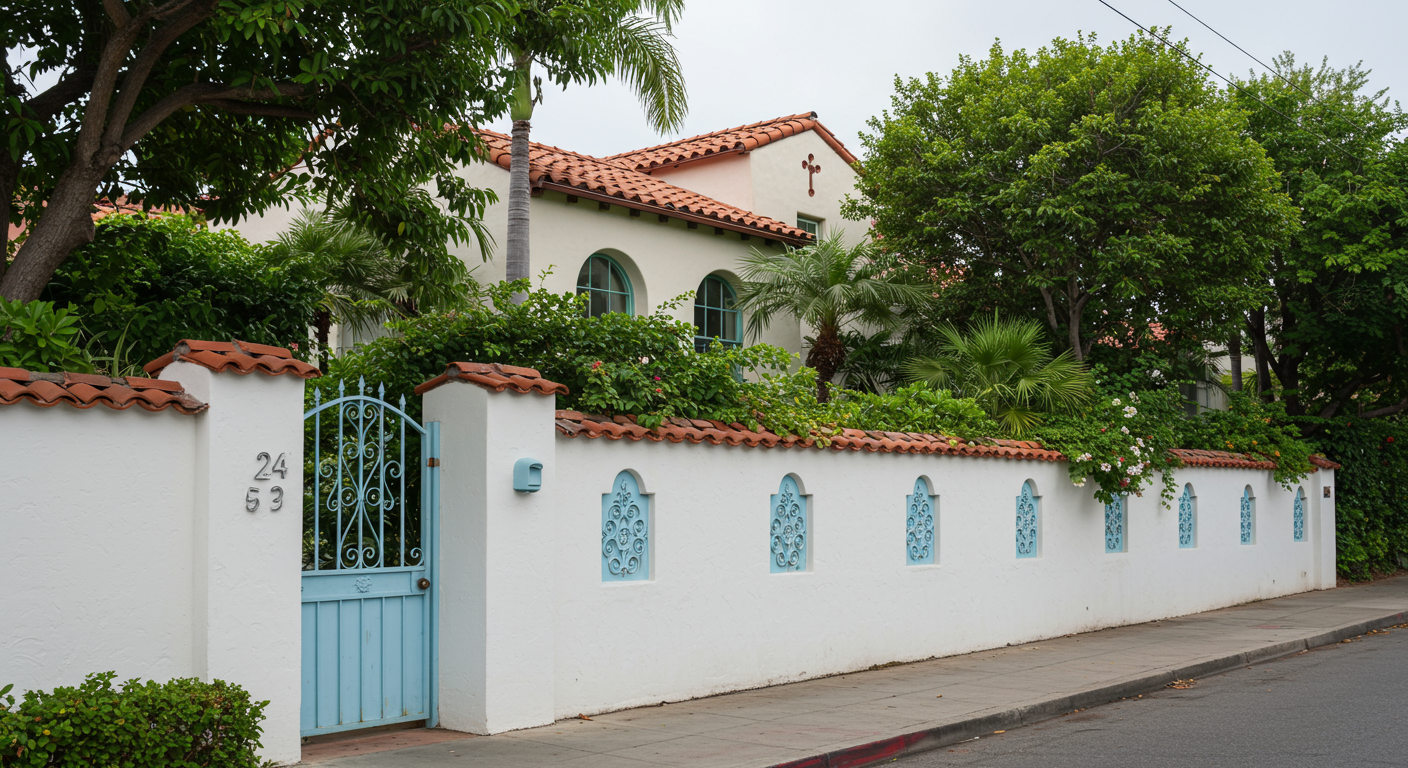
This luxurious 2,630 sq ft Ocean Park property in San Juan, Puerto Rico, combines a 10% cap rate, a main house, a guest casita, and premium amenities, offering a secure, high-yield investment in a prestigious beachside neighborhood.
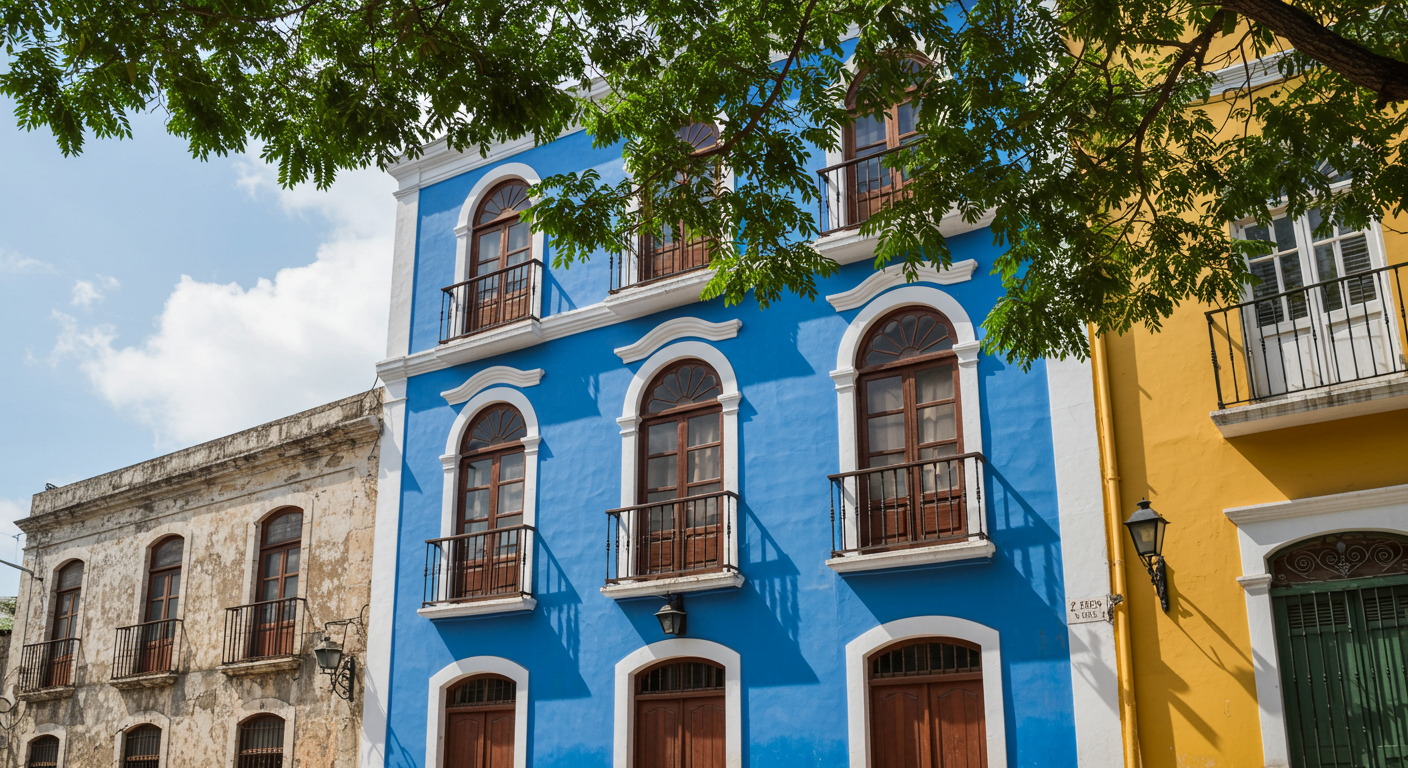
Own a piece of history with this century-old gem in Old San Juan. It offers three units and a private rooftop with panoramic views of Castillo San Felipe del Morro, La Perla, and the cruise ports. It is just steps from Calle San Sebastian and the oldest church in the Americas.

Experience timeless elegance and modern luxury in this meticulously restored 8,379 sq. ft. three-story mixed-use gem in Old San Juan, featuring soaring ceilings, versatile layouts, a rooftop terrace with skyline views, and unmatched investment potential.

This $970,000 Miramar single-family home offers bright, open-plan living with four bedrooms, a private backyard, and modern amenities like a generator and security systems. It is conveniently located near top schools and cultural landmarks in one of Puerto Rico's most sought-after neighborhoods.
Conclusion
Timing is everything when it comes to real estate investing. By understanding the market cycle and applying smart timing strategies, investors can make more informed decisions that lead to better outcomes across various investment vehicles. Whether looking at direct property ownership or REITs, mastering these cycles can help you navigate Puerto Rico's dynamic real estate market more successfully.
At Christie's International Real Estate Puerto Rico, we specialize in helping clients make the most of their real estate investments. Whether you're looking to buy, sell, or rent out a property, we provide expert guidance tailored to your unique goals. Contact us today to discover how we can help you confidently navigate Puerto Rico's dynamic market.
FAQs
What is a real estate market cycle?
A real estate market cycle refers to the predictable growth, peak, contraction, and recovery stages the market experiences over time. These phases reflect changes in property values, demand, and investment activity, helping investors decide when to buy or sell properties to maximize returns.
What is the life cycle of a real estate deal?
The life cycle of a real estate deal typically involves several stages: identifying an investment opportunity, conducting due diligence (such as property inspections and financial analysis), securing financing, negotiating and closing the purchase, managing or developing the property, and eventually selling or refinancing the asset. Each stage requires careful planning and strategic decision-making to ensure the deal's success.
What is the market cycle timing?
Market cycle timing refers to strategically buying, holding, or selling properties based on the current real estate market cycle phase. The goal is to buy during the trough or early expansion phase when prices are low, hold during expansion, and sell at the peak when property values are at their highest, maximizing returns while minimizing risks.
Related Articles:
